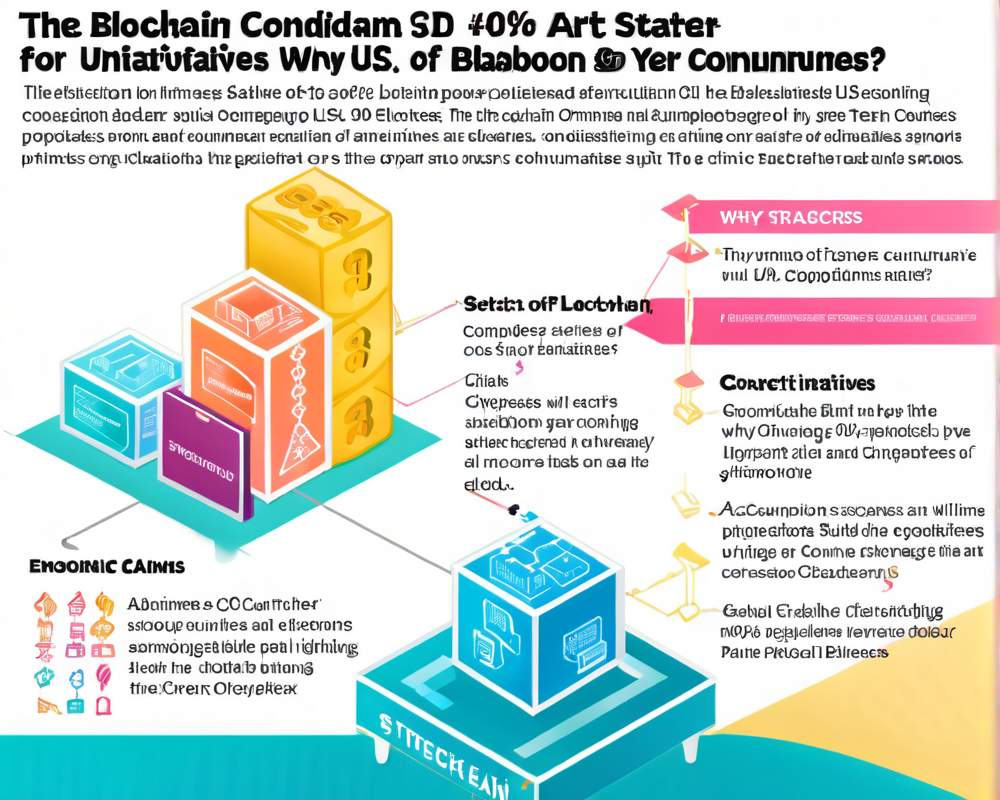The Year of the Great Hacks
2022 has been a doozy for the blockchain world. We’re not talking about someone stealing your lunch from the fridge—this is the digital equivalent of someone absconding with the entire sandwich factory. Over $1.5 billion has been siphoned off in just a handful of infamous DeFi cross-chain bridge hacks. That’s not pocket change, folks! As engineers scramble to address these architectural vulnerabilities, one thing is crystal clear: when it comes to security, we’re in a game of high stakes.
Decentralization: The Ideal vs. Reality
The ethos of blockchain is all about economic freedom through decentralization. However, many projects veer off course and end up concentrating power like a middle schooler hoarding all the good snacks. Most cross-chain applications (you know, those bridges we love to cross) showcase serious security holes. For many Proof-of-Stake (PoS) networks, the N-of-M validator setup was supposed to keep things secure, but in practice, it’s about as stable as a Jenga tower during an earthquake.
Who’s the Boss?
So, what’s the deal with these validators? Imagine a voting system where only a handful of folks get to decide the outcome. That’s what happens when just a few central parties (like investors or third-party providers) control the validator nodes. The Ronin chain hack is a classic example: nine validators and five signatures needed, but four of those nodes were managed by a single entity, Sky Mavis. As we learned the hard way, “one ring to rule them all” doesn’t really work when it comes to security.
Lessons Learned: Security Must Come First
If there’s one lesson from the hacks of 2022, it’s this: projects need to prioritize security over speed. Launching a platform in a hurry might save you time but can cost you millions if things go south. Security should not be the ugly cousin of user experience; it should be best friends with a big emphasis on smart contract design and cryptographic standards. After all, who wants to invest in a project that bears the resemblance of a rickety roller coaster?
Smart Contract Audits & Stress Tests
Auditing smart contracts and breaking things during stress testing may sound like a blast for developers, but it’s essential. Continuous monitoring and alert systems can mean the difference between a successful response to an attack and discovering you’ve been robbed a week later—way too late to hit the panic button!
Future-Proofing with Decentralization
For the future, projects need to distribute nodes across a diverse user base. Let’s beat the odds! Consider implementing multiple client styles for a bit of extra complexity. Just like a well-rounded diet, diversity is crucial! By diversifying client setups, hackers will face a much more challenging environment, reducing the likelihood of them getting their grubby paws on precious private keys.
Putting the Fun in Functionality
Security might not be a sexy topic, but it pays the bills—especially in the world of blockchain. Projects that invest in rigorous security practices today will pave the way for a more secure tomorrow. And remember, if history has taught us anything, it’s that a stitch in time saves nine. And when it comes to tens or hundreds of millions, that’s one heck of a stitch!




